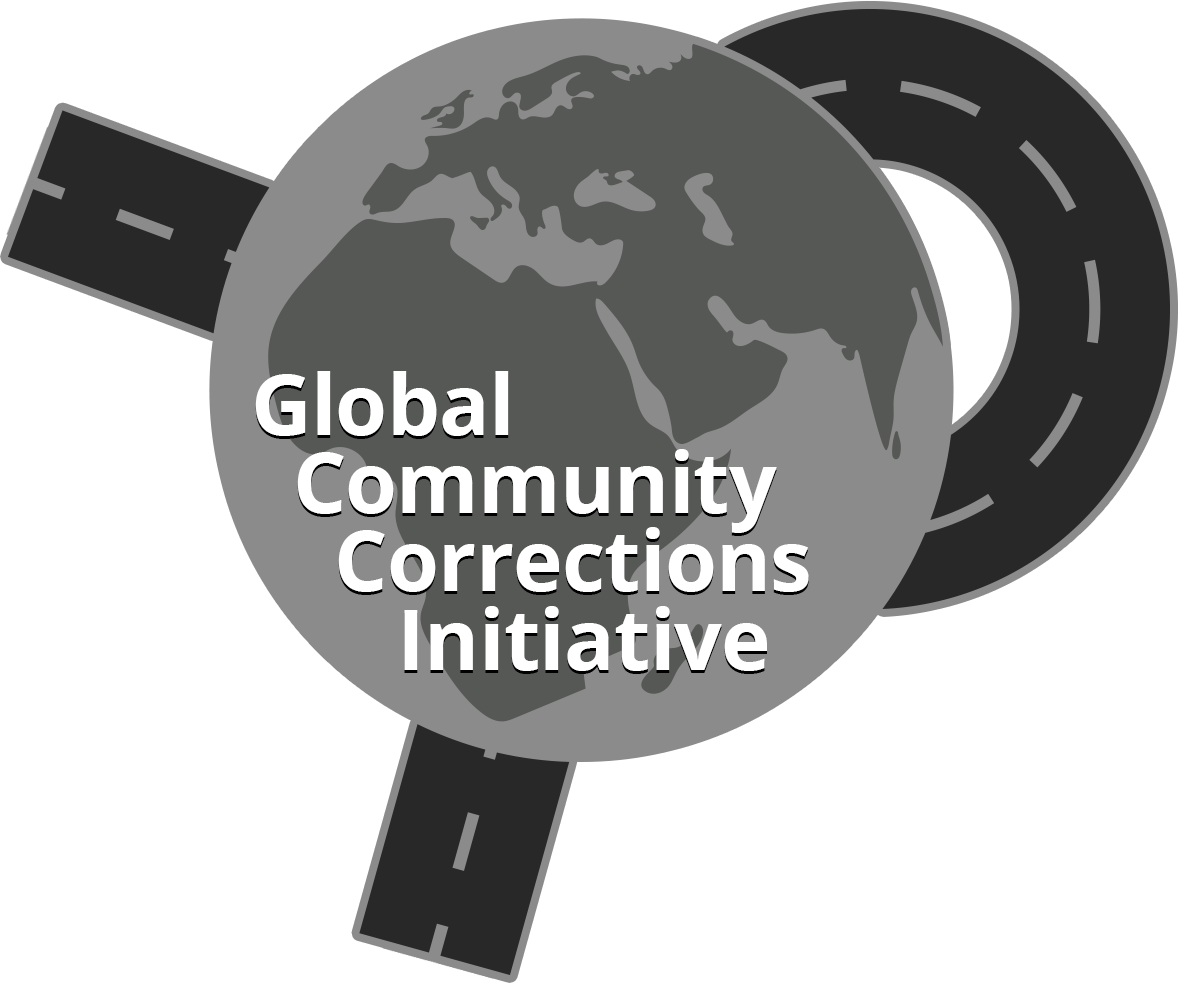Introduction and Overview: The Global Community Corrections Initiative
It is estimated that the size of the global corrections population is currently close to 24 million, with 11.5 million people in the prison system (i.e., 48% of the estimated total) and 12.5 million individuals in the community corrections system (52% of the estimated total corrections population). However, these estimates (see Byrne, Hummer and Rapisarda, 2024) are based on incomplete data. Our goal is to create a data base that can be used to track changes in the relative size of both institutional and community corrections populations. In addition to population data, we need details on the characteristics of individuals under various forms of community release, the types of programs offered, and the staffing resources of these programs. We need to know how alternatives to incarceration are being utilized globally, and how the effectiveness of these systems is being measured.
This knowledge gap begs numerous questions:
- How many offenders are placed in community corrections systems around the globe?
- What are the key design features of these community corrections systems?
- And what do we know about the effectiveness of community corrections?
The Global Community Corrections Initiative will provide answers to these questions, while also creating a unique "one-stop shopping" resource center that provides access to a full range of community corrections program design, implementation, and evaluation materials.
The Problem:
We know a lot about prison systems globally in large part due to the efforts of researchers at the Institute for Criminal Policy Research (ICPR). Detailed profiles of prison systems in each global region are provided by the ICPR, including:
This collaborative and sustained mission to document the nature of prison use across the globe is critical to discussion and debate on prison policy and public safety. However, we know much less about the design, implementation, and impact of community corrections systems globally. Just as corrections systems vary in the use of incarceration, the purpose, form and content of community corrections also varies in ways that are critical to document and analyze. Currently, our website provides a critical “one-stop shopping” resource that provides information on a global scale about community corrections systems. However, there is much work to be done. We are still in the early stages of development.
The Solution:
To address this information shortfall, data on total prison population levels, rates, and trends will be combined with data on community corrections populations, rates, and trends to provide a more complete picture of overall global corrections populations.
We have begun to identify key community corrections experts in each country and global region, and with their help, we will begin to build a country level data base profiling community corrections systems, staffing, and performance.
Here we outline the necessary steps to build this solution, and our progress to date (Jan. 2025):
- Step 1: Creation of Global Community Corrections Website (Our website is now completed with ongoing updates as new resources are identified with the help of our country-level experts and regional coordinators)
- Step 2: Identification of key Contacts/Resource Experts. We have identified country-level experts in over 30 countries representing each global region, but there is much work to be done.( see our experts map in the Visual Resources link https://globcci.org/resources/#visual-resources , and our profiles of consortium members https://globcci.org/members/ )
- Step 3: Collection of all available community corrections data from each country. We have collected country-level data from over thirty countries. (see our Country Profiles Link https://globcci.org/country-profiles/
- Step 4: Collection of all available research studies on the effectiveness of community sanctions. We include a listing of research and resources for countries in each global region on our website (see our Research Articles link https://globcci.org/research-articles/
- Step 5: Creation of first World Community Corrections Brief. The first step toward creation of this global community corrections data base was the development of the Routledge Handbook of Global Community Corrections. For a link to the Handbook, see https://globcci.org/the-routledge-handbook-of-global-community-corrections/
We are currently identifying additional country-level experts who can assist us in identifying and/ or developing profiles of the community corrections systems in each global region. Our profiles will allow us to compare countries across the following three dimensions:
- Pre-trial alternatives
- Sentencing alternatives
- Reentry alternatives
Four Products of the global community corrections initiative:
(1) Creation of first World Community Corrections Brief
Our annual data brief will include a review of the following:
- Types of community-based alternatives to incarceration available in each country: pretrial alternatives, sentencing alternatives (monetary sanctions, probationary sanctions, intermediate sanctions, split sentencing), and reentry alternatives (public and private sector).
- Pre-trial population and program profile: offenders, programs, etc.
- Probation population and program profile: offenders, staffing levels/qualifications, conditions, resource levels, etc.
- Parole/Reentry population profile: offenders, staffing levels/qualifications, conditions, resource levels, etc.
- Other sanctions offender profile: fines, community service, forced labor, electronic monitoring, mandatory residential treatment
- Performance measures: any available metrics on system efficiency and effectiveness
(2) Global Evidence-based Corrections and Sentencing Network Development
Through our state of art website – we will become a global clearinghouse for high quality data on the utilization of alternatives to incarceration and community corrections, and a primary source of information on global corrections/sentencing performance, and innovative corrections and sentencing policies and practices.
(3) Knowledge Exchange Seminars and Systematic, Evidence-based Policy Reviews
To translate research into practice, we will develop a series of executive session seminars and workshops highlighting corrections and sentencing issues in each global region.
(4) High Quality Corrections and Sentencing Research Agenda
We will also develop research projects focusing on evaluating—and comparing– the impact of current community corrections and sentencing strategies internationally.
